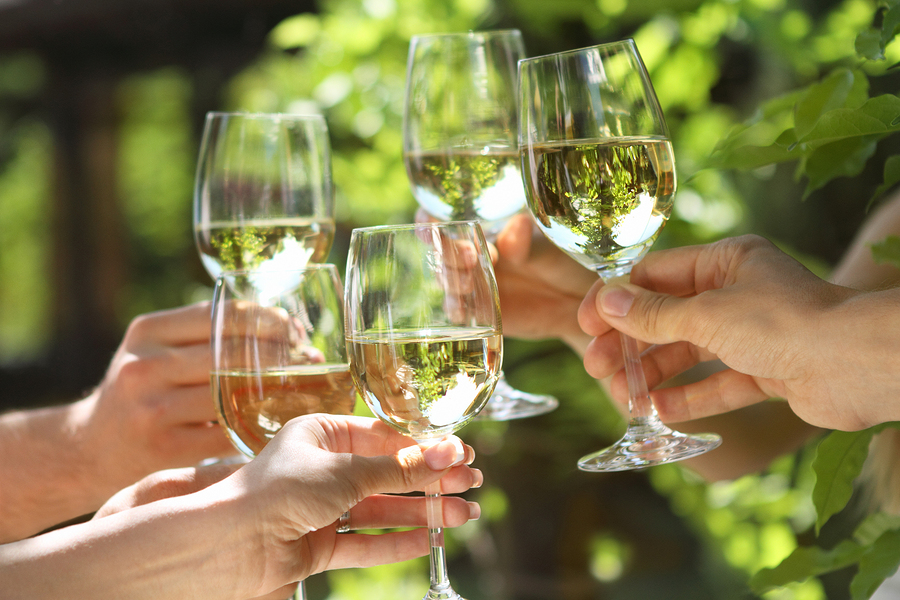
While Bordeaux wine may be world-famous for its prestigious red wines, the region's white wines offer an equally compelling story of elegance, diversity, and exceptional quality. Often overshadowed by their red counterparts, white Bordeaux wines represent some of the most versatile and complex white wines in the world, offering distinctive character and exceptional quality despite receiving less attention than the region's famous reds.
From crisp, zesty dry styles to lusciously sweet nectars, white Bordeaux delivers a remarkable range of expressions that deserve the attention of wine enthusiasts everywhere. Join us as we explore this lesser-known treasure of the world's most famous wine region.
White Bordeaux wine refers to any white wine produced within the Bordeaux wine region of southwestern France. Despite accounting for only about 10% of Bordeaux's total wine production, these whites encompass an impressive diversity of styles.

White Bordeaux exists in two primary expressions:
The production of white Bordeaux involves several key steps that contribute to its distinctive character:
White Bordeaux wines derive their character from a small selection of complementary grape varieties, each contributing distinct qualities to the final blend:
Sauvignon Blanc: Provides aromatic intensity, crisp acidity, and vibrant citrus and herbal notes. It forms the backbone of many dry white Bordeaux blends, particularly in Entre-Deux-Mers and Graves.
Sémillon: Offers body, richness, texture, and aging potential with subtle notes of beeswax, lanolin, and stone fruits. It's the dominant grape in sweet Sauternes and Barsac, and plays a crucial supporting role in many dry whites.

Muscadelle: Though used in smaller proportions, it contributes delicate floral aromas and hints of muscat-like character to both dry and sweet blends. Less common varieties also permitted include Sauvignon Gris, Colombard, and Ugni Blanc, though these appear primarily in more affordable, everyday wines.
The grape composition varies significantly between dry and sweet styles:
Dry White Bordeaux typically features:
Premium dry whites from Pessac-Léognan often contain higher proportions of Sémillon (sometimes 50% or more) for greater complexity and aging potential.
Sweet White Bordeaux reverses this formula with:
This higher proportion of Sémillon in sweet wines provides the necessary structure and concentration to balance the intense sweetness, while still allowing for remarkable longevity.
White Bordeaux presents a fascinating spectrum of flavors, from vibrant and refreshing to rich and honeyed. Let's explore the main style categories:
Entry-level dry white Bordeaux, often from regions like Entre-Deux-Mers or labeled simply as Bordeaux Blanc, offers an accessible and refreshing experience:
These wines are best enjoyed young, typically within 1-3 years of release, when their fruit expression is at its most vibrant. They make excellent aperitifs or pairings with seafood and light salads.
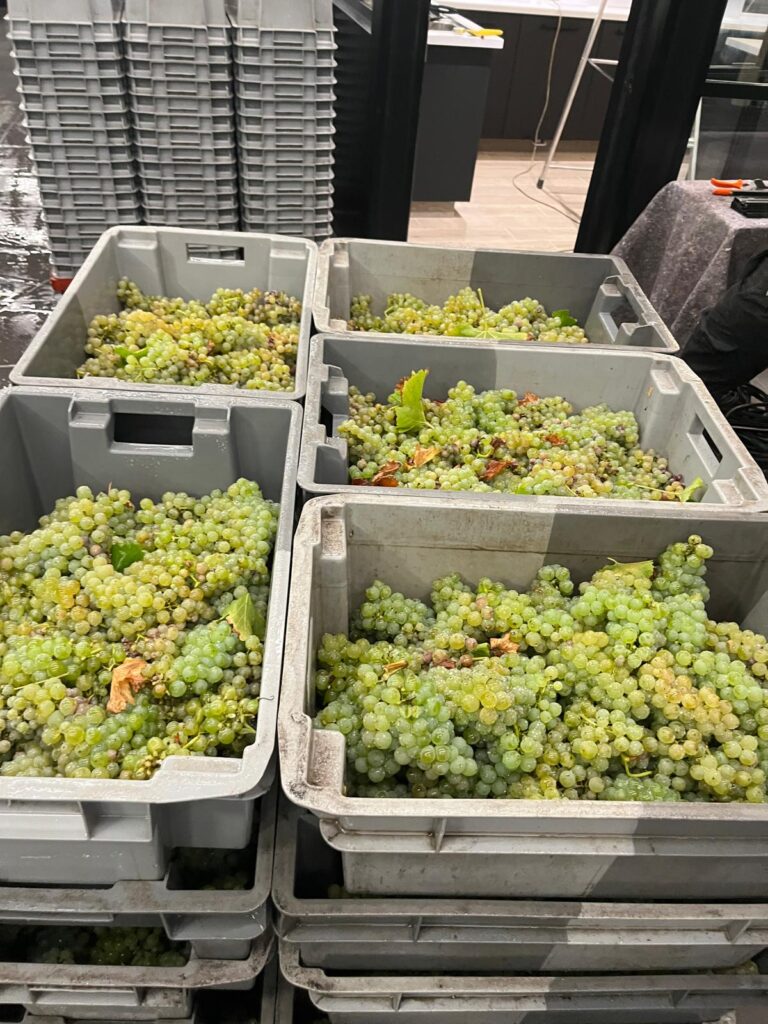
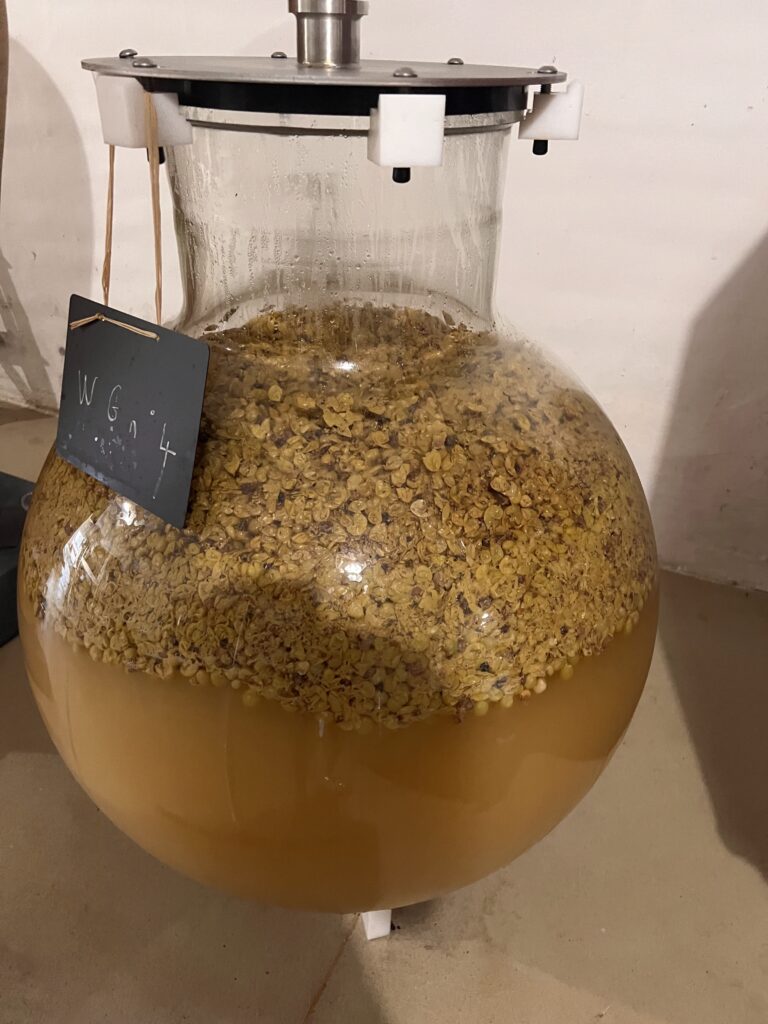
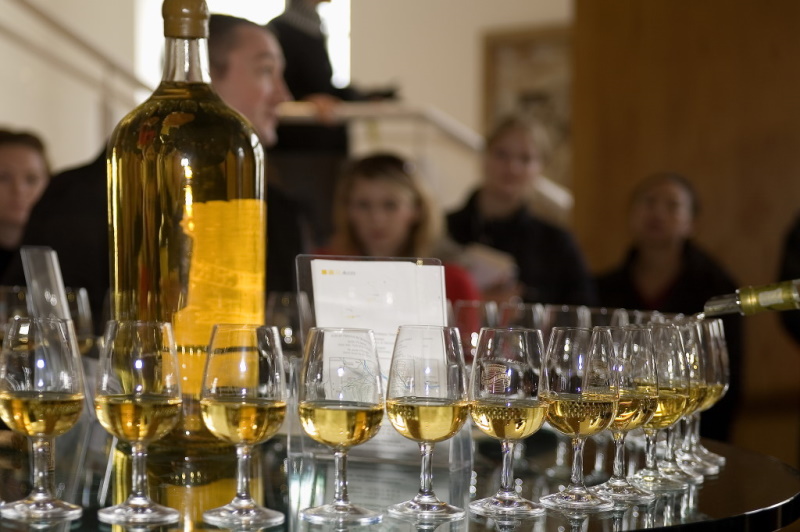
Premium dry white Bordeaux, particularly from regions like Pessac-Léognan and classified growths of Graves, reveal considerably more complexity:
These sophisticated whites can age beautifully for 10-20 years or more, developing remarkable complexity while maintaining freshness. They shine alongside richer seafood dishes, poultry, and soft cheeses.
Sweet white Bordeaux represents one of wine's most profound expressions:
These remarkable wines can age for decades—even centuries in exceptional vintages. Despite their sweetness, they possess a remarkable freshness that prevents them from becoming cloying. They can be enjoyed with foie gras, blue cheeses, fruit-based desserts, or simply on their own as a meditative experience.
Bordeaux's white wines come from several distinct appellations, each lending its unique character to the wines produced there:
Carved out of the northern Graves region in 1987, Pessac-Léognan produces Bordeaux's most prestigious dry white wines, including the legendary Château Haut-Brion Blanc and Château Laville Haut-Brion (now La Mission Haut-Brion Blanc).
The appellation's gravelly soils impart a distinctive minerality and smoky character to the wines, while the relatively high proportion of Sémillon in the blends contributes richness and aging potential. The finest examples combine power and elegance in a way that few white wines in the world can match.
Key producers include Château Smith Haut Lafitte, Domaine de Chevalier, Château Carbonnieux, and Château Pape Clément, alongside the Haut-Brion estates.
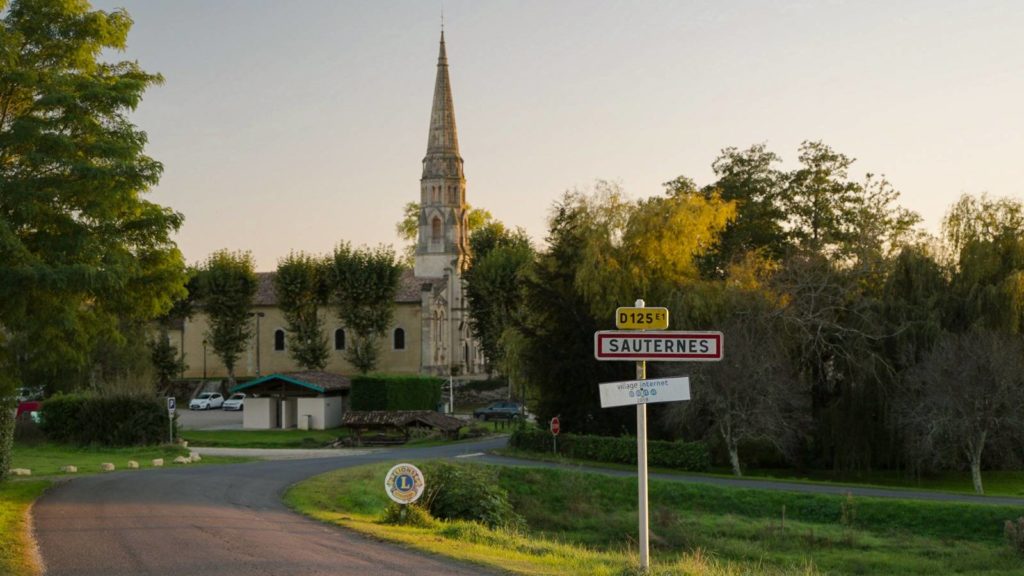
These adjacent appellations south of Graves produce the world's most celebrated botrytized sweet wines. Their unique microclimate—created by the convergence of the cool Ciron tributary with the warmer Garonne River—generates the morning mists that encourage noble rot development.
Sauternes tends to produce slightly richer, more opulent wines, while Barsac wines often show a touch more freshness and minerality due to their limestone-rich soils. Both create wines of extraordinary concentration, complexity, and aging potential.
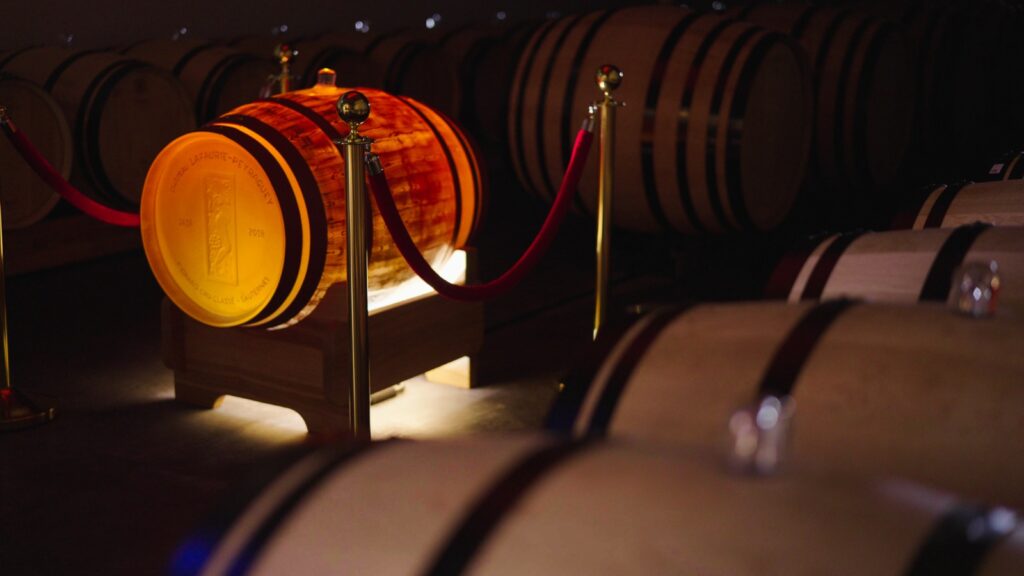
Iconic producers include Château d'Yquem (the region's only Premier Cru Supérieur), Château Climens, Château Suduiraut, Château Coutet, and Château Rieussec.
Other notable white Bordeaux appellations include:
White Bordeaux occupies a unique position in the world of white wine:
Compared to Loire Valley Sauvignon Blanc (Sancerre, Pouilly-Fumé):
Compared to White Burgundy (Chardonnay):
Compared to Alsace or German whites:
Few wine regions can match the sweet white Bordeaux for concentration, complexity, and longevity, though Hungarian Tokaji Aszú and German Trockenbeerenauslese offer fascinating parallels.
At Decanter Tours, we specialize in providing extraordinary access to Bordeaux's white wine treasures through our curated luxury experiences.
Our white Bordeaux focused tours include:
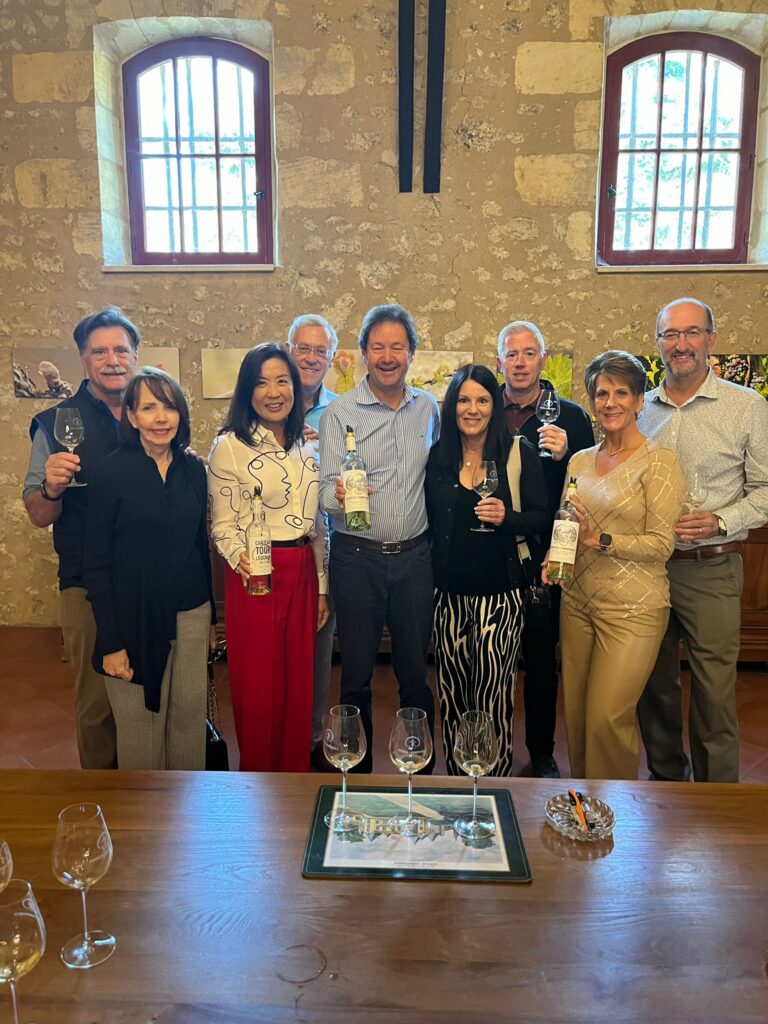
Our expert guides bring deep knowledge and personal connections throughout the region, opening doors to exclusive experiences beyond the reach of ordinary visitors. Whether you're a serious collector or simply curious about these magnificent wines, we tailor each tour to your specific interests and knowledge level.
Dry white Bordeaux contains minimal residual sugar and features crisp acidity with citrus, white fruit, and herbal flavors. It's typically dominated by Sauvignon Blanc. Sweet white Bordeaux, most famously from Sauternes and Barsac, contains significant residual sugar from botrytized grapes, predominantly Sémillon. These wines exhibit concentrated honey, apricot, and exotic fruit flavors balanced by refreshing acidity.
Yes, premium white Bordeaux can age beautifully. Top dry whites from Pessac-Léognan can develop wonderfully for 10-20 years or more, while the finest sweet Bordeaux wines from Sauternes and Barsac can evolve positively for decades—even a century or more in exceptional vintages. The Sémillon component, along with thoughtful oak aging, contributes significantly to this age-worthiness.
Absolutely. While Bordeaux is better known for its red wines, the region produces some of the world's most distinctive and age-worthy white wines. Both the dry whites from areas like Pessac-Léognan and the sweet wines from Sauternes represent pinnacles of white wine excellence, with a unique character derived from the region's signature grape blends and terroir.
Yes, Decanter Tours specializes in curated experiences focusing on Bordeaux's exceptional white wines. We arrange private visits to prestigious estates in Pessac-Léognan, Sauternes, and other key white wine appellations. Our exclusive relationships with producers provide access to tastings, vineyard tours, and educational experiences not available to the general public. Contact us to arrange your custom white Bordeaux discovery tour.

Experience the finest private wine tours in Bordeaux and beyond. With over 20 years of expertise, we craft tailor-made wine journeys to iconic regions like Médoc, Saint-Émilion, Burgundy, and Champagne. Explore exclusive chateaux with expert guides and seamless planning for a truly unforgettable experience.